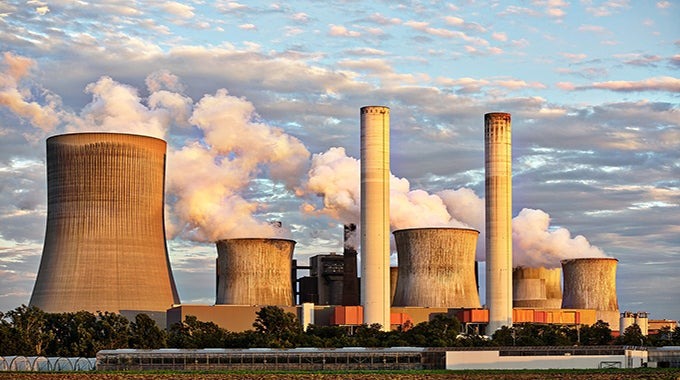By Takunda Mandura
Zimbabwe is currently feeling the effects of climate change more than ever , El Niño and La Niña have ravaged the country over the past two decades.
“My country feels the impact of climate change more than most. Declining rainfall and droughts have been increasing in Zimbabwe. I call on COP26 to provide concrete economic support to vulnerable countries globally to mitigate the effects of climate change,” said the president of Republic of Zimbabwe Emmerson Mnangagwa.
No country is not facing climate change due to greenhouse emissions.
Zimbabwe is among the developing countries which are set to benefit from the funds which were committed during the COP26 climate summit.
In a show of support for those at risk from climate change, 12 donor governments pledged $413 million in new funding for the Least Developed Countries Fund during the COP26 climate summit.
Although Zimbabwe is one of the intended beneficiaries there is need for the funds to be grants instead of loans.
Coal accounts for around 30% of global energy consumption. Zimbabwe is currently in the process of financing the Hwange Thermal Power Station.
According to the Minister of Energy and Power Development Minister, Zhemu Soda, Hwange Thermal Power Plant is set to be completed by September 2022 and it will produce a total capacity of 1520MW.
“There is no way the economy will grow without growth in electricity supply. Therefore, we are anticipating increased generation at Hwange Power Station with the Hwange 7 and 8 expansion project expected on the grid by July and the other one in September 2022,” said the minister.
According to the Renewable Energy Policy of Zimbabwe is set to achieve at least 27% of internal power generation coming from renewable resources by 2030. Anna Brazier , an author & environmental expert is of the notion that developed countries have a moral obligation to assist developing countries to switch to clean energy.
She said: “Developed countries have a huge moral obligation to provide financial and technological assistance to developing countries to adapt to climate change impacts, caused by industrialised countries at huge social, economic and ecological cost to the developing world.
“Developed countries also have a moral and practical obligation to assist developing countries to switch to low emissions development pathways for the sake of survival of human civilisation as we know it.”
She went on to urge Third world countries to be transparent and accountable in terms of dealing with funds for climate change
“Talk of loans is absurd in this view. However the challenge is to ensure that climate change finance is used in the way that it is intended and is not diverted by corrupt, unscrupulous individuals in power. Unfortunately, to a large extent, this is widespread and until fail-safe accountability mechanisms are put in place, this will continue.” she said.
Zimbabwe committed to a 40% drop in greenhouse gas emissions by 2030 across all sectors of the economy.The government has made deliberate duty free imports of solar energy related accessories.
The target is for Zimbabwe’s total greenhouse gas emissions to be curbed to 44.7 million tonnes of carbon dioxide equivalent (Mt CO2e) by 2030 although its currently expanding Hwange Thermal Power Plant.
Although the world needs to keep the 1.5 degrees Celcius temperature goal within reach, the world needs to slash global emissions 45% by 2030 and reach net-zero by mid-century. It would be impossible to achieve the set commitment as developing countries are still relaying on coal as a major source of energy.
Currently, Zimbabwe has over US$10 billion debt but getting the loans to harm developing countries as they are currently fighting the other problems there are no provisions that the loans for climate change will be used to fund their desired goals.
ZWL$3.9 billion was allocated to the Ministry of Energy and Power Development for the 2022 budget.
El Niño is a natural weather pattern occurring every 2 to 7 years characterised by warming in the Pacific Ocean which affects the weather across the world causing droughts and floods in areas like Zimbabwe.
La Niña is the cooling in the Pacific Ocean and Zimbabwe experiences heavy rainfall during a La Niña year.
‘This article was produced with the financial support of WAN-IFRA Media Freedom. Its contents are the sole responsibility of <Takunda Mandura/BustopTV> and do not necessarily reflect the views of the WAN-IFRA Media Freedom,WAN-IFRA FR, or the Ministry of Foreign Affairs of Denmark.’
